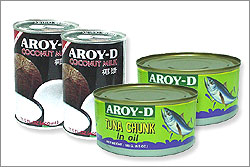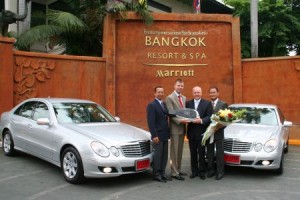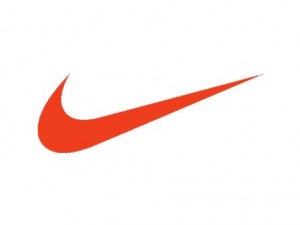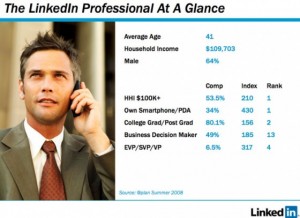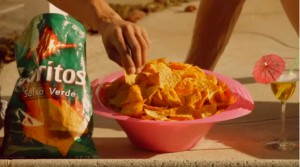After reading Anoushka Patel’s blog on how sex appeal sells, I thought about the marketing assignments that we had to do over the term. My group focused on Axe products, and I was quite surprised at the level of sex appeal that is used with Axe.
We are all used to the advertisements that play on TV:

This is really not that bad. Campaigns like ‘Boom Chicka Wah Wah’ are to be expected from a company like Axe. However, if you go deeper and have a look at the community website ‘the Axe effect’ you start to see advertisements like this:

At first I was really surprised at the double entendres that filled this advert. I did not expect a company as large as Axe to have such sexual connotations in their advertisments. However, after reading many journal articles about these commercials, it is clear that they actually do sell. Why? It has to do with the target audience. From the second commercial it is clear that their target audience is young men who are interested in their self-image. The reason that most of these men are interested in their own image is primarily to attract whoever they are attracted to! What better way to do it than to create commercials that point out the blatent truth, and get right to the point for the target audience!







